What is the solution to the Royal Borough of Greenwich’s housing crisis?
A drastic solution is needed to house the tens of thousands of people on the housing register in the borough

With 27,000 people in the Royal Borough of Greenwich on the housing register, 1,800 people in temporary accommodation, and many others suffering from lack of affordable housing due to soaring rents, drastic action is needed to solve the crisis in the borough.
So what is the Royal Borough of Greenwich doing?
The council is intending to reduce the housing register, in part, by building 1,750 new council-owned homes.
This project, known as Greenwich Builds, was started in 2018 and is partially funded by a Greater London Authority (GLA) Grant of £42.1 million. This grant is part of Mayor of London Sadiq Khan’s ‘renaissance’ in council home building, with 23,000 new homes started in Greater London since the project began in 2018, according to London Assembly figures.
Councillor Aidan Smith, Cabinet Member for Regenerations, said: “People need to support development in the borough – a lot of people complain that we are building a block of flats in their road, but unless we build thousands more homes, people will be stuck living in temporary accommodation or in substandard accommodation.”
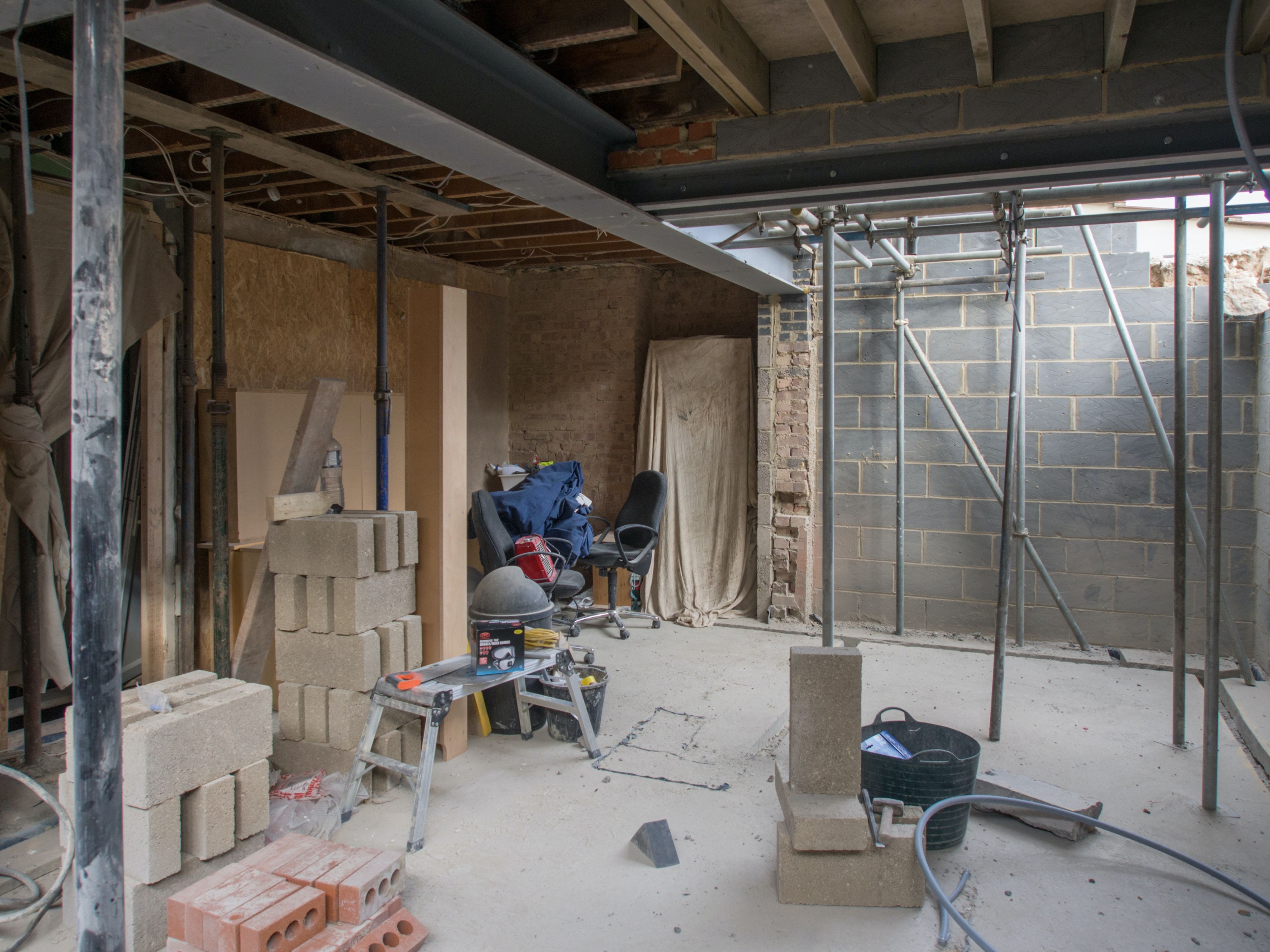
How much will it cost?
According to information shared as part of a Freedom of Information Request (FOI), the GLA Grant is being supplemented by £80.5 million from Right to Buy Receipts, £22.2 million of Housing Revenue Account Capital and £207.5 million in Housing Revenue Account borrowing, bringing the total projected spend on this project to £352.3 million.
Any money borrowed to finance this scheme will be offset over time by rental income from Greenwich Builds tenants.
This budget has risen from £240.2 million at its inception to £314.6 million in December 2021 and, finally, to £352.3 million in January 2023 – an increase of almost 47%.
A number of factors including inflation, the increased cost of construction materials and the impact of Brexit have been blamed for this sharp rise in cost.
According to figures given to me by Councillor Smith, the expenditure of the project had reached £81.7 million by October 2023. This is the same number I was given as the result of an FOI request received two months prior.
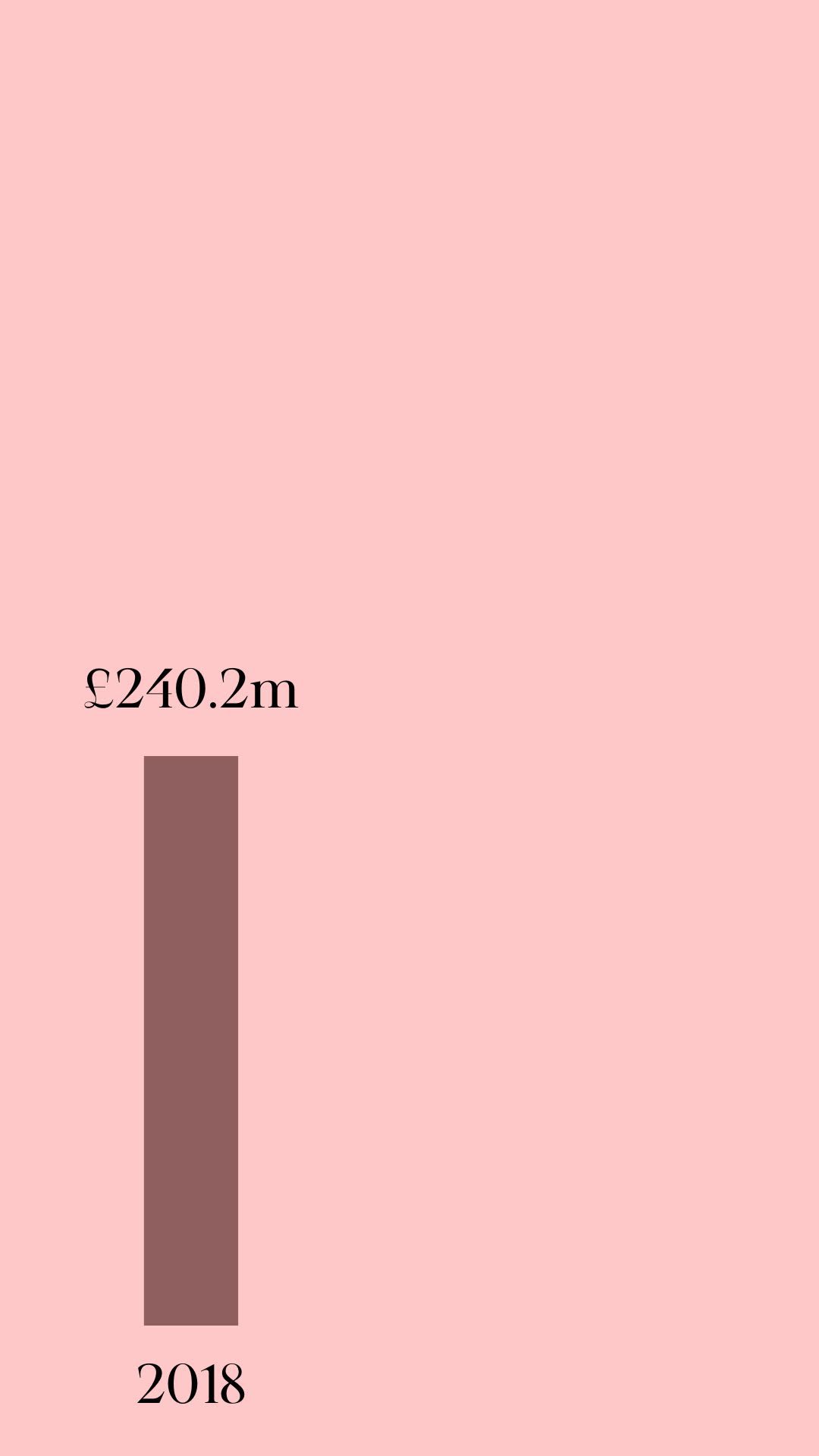
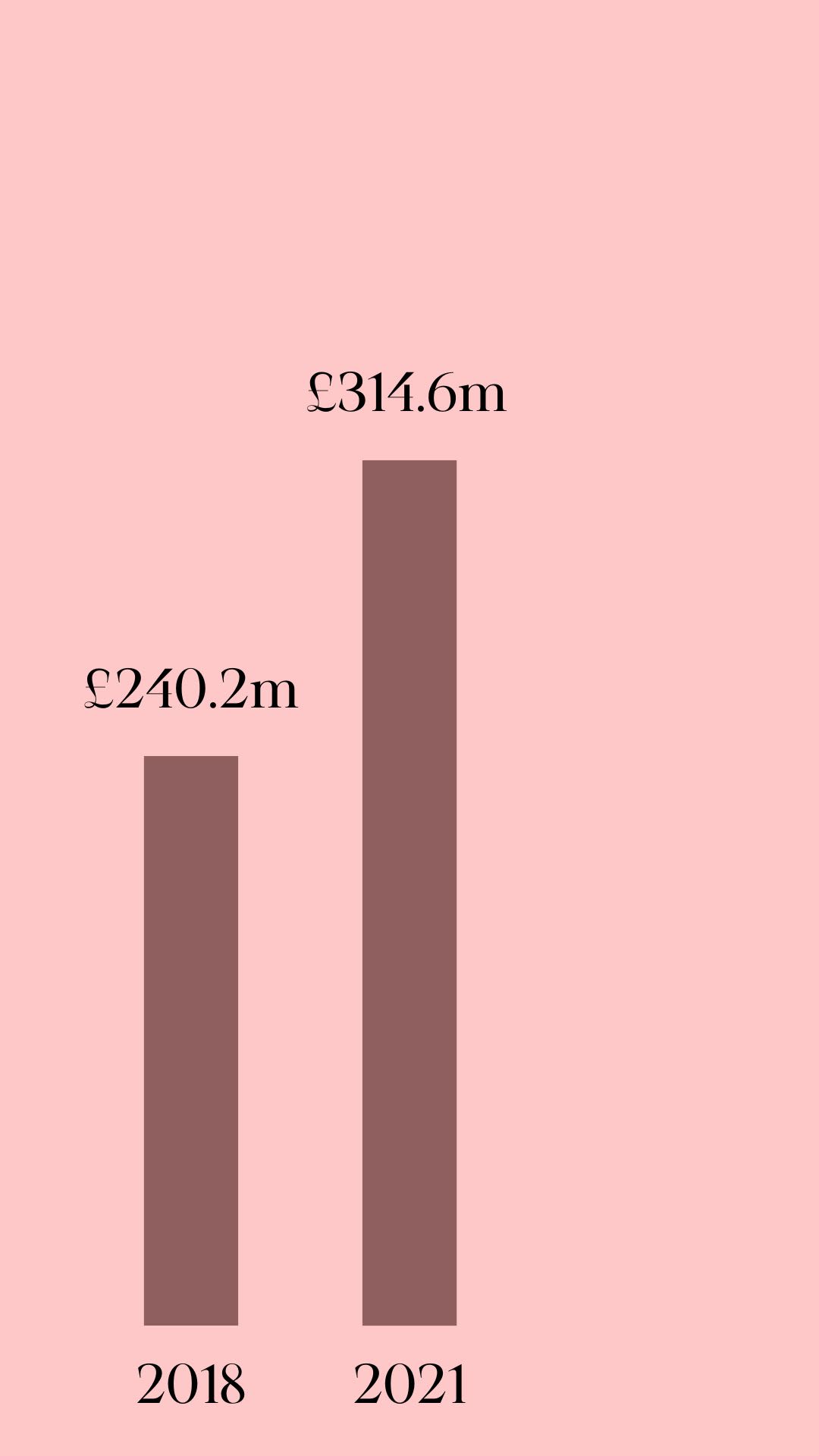
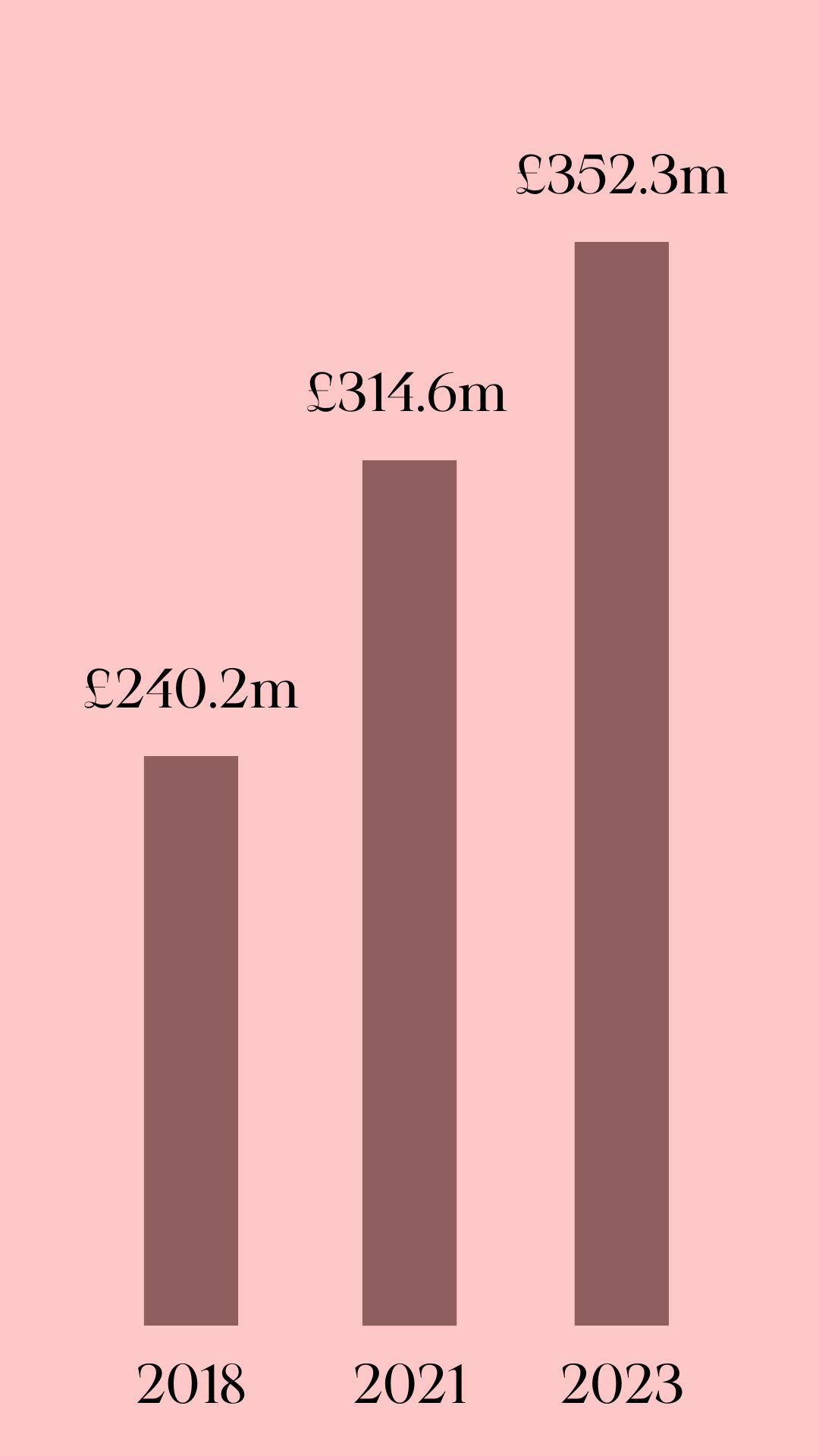
When will the new houses be finished?
The project has been split into two phases. The first had the target of 750 homes being started by the end of 2022. According to Councillor Smith, the homes in this phase are all due to be finished by the end of 2025.
Figures found on the council’s website state that 360 of these homes are currently under construction and just 52 have been completed.
A further 375 have had planning approved – this means the site has been identified and planning permission has been granted, but no construction work has started.
Phase 2, which promises 1,000 homes, aims to have all of those homes started by the end of 2026. No date has been given for their completion.
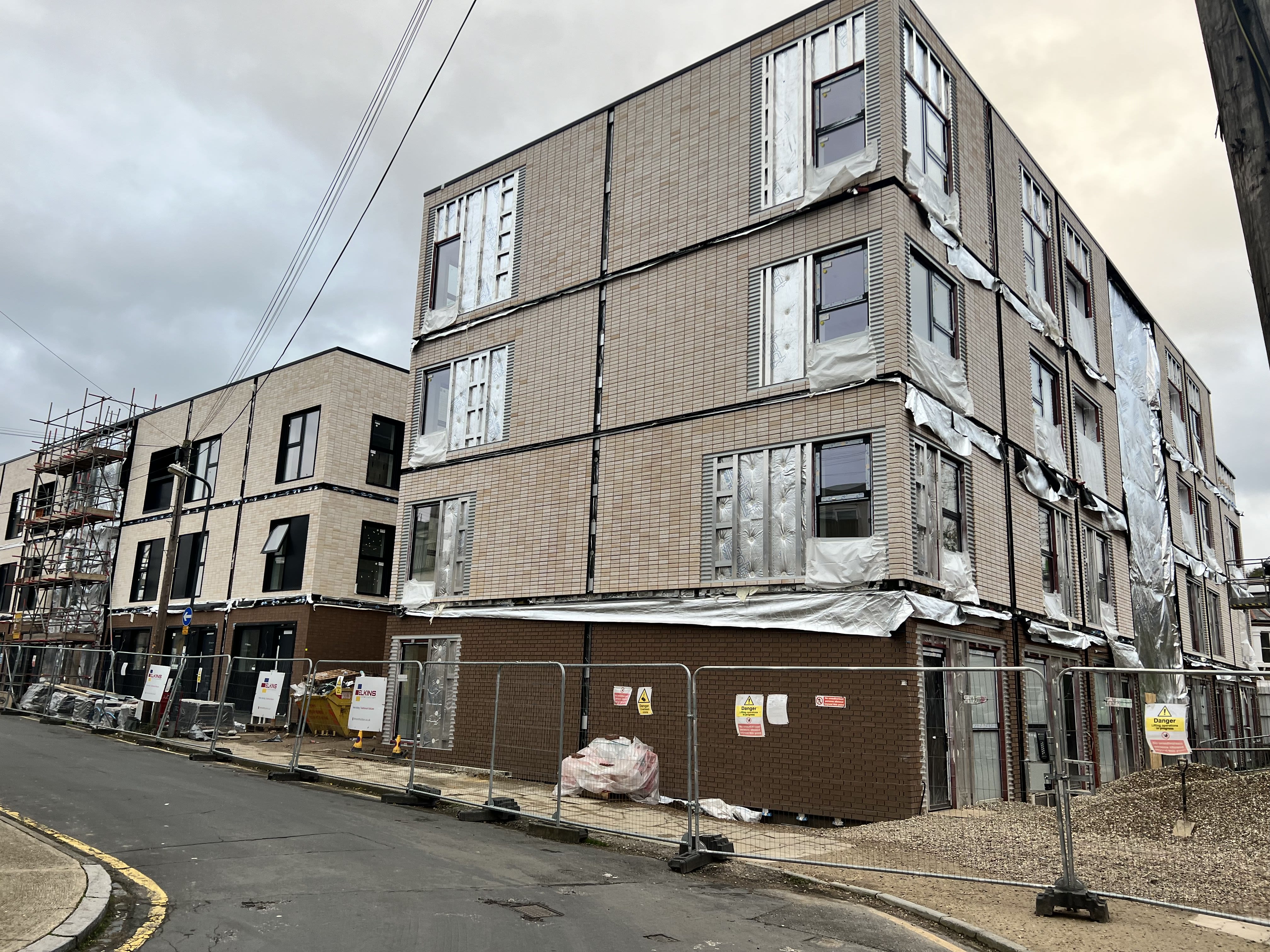
Where will the homes be?
The majority of the homes in Phase 1 – 444 in total – are being built on the site of the old Thomas Tallis school, which was moved to a new building in 2011.
The first 122 homes in this development, on a site called Kidbrooke Park Road (North), are currently under construction. The council celebrated a topping out ceremony earlier this year. They are due to be completed in 2024.
A second phase of this development, Kidbrooke Park Road (South), will be made up of 322 homes. Planning permission for this site has been granted and work is estimated to be complete by 2026, according to the council’s website.
According to Councillor Smith, 265 of the homes in Phase 2 will be purchased through an £87.5 million buyback agreement with developer Lovell, who have begun work regenerating the site of the former Morris Walk Estate and Maryon Road and Groves. The contract was originally awarded to Lovell in 2013, but work only began at the end of 2022 after the signing of this deal.
The council has not yet said where the other 735 homes will be situated, but Councillor Smith indicated they have a number of sites in mind for the development, due to be announced at the start of 2024.
A full map of the confirmed sites can be found on the council’s website.
What’s taking so long?
While the Greenwich Builds project has made ambitious promises, it appears to be struggling with logistical demands.
One of the major issues with delivery has been the need to use ‘Modern Methods of Construction’, a requirement of the GLA Grant.
One in particular method – modular house building, which is being used for a number of sites being developed as part of the project – has faced setbacks since the project began.
A large factory which made the modular units and was run by Legal & General announced it was ceasing production in 2023, and other smaller companies have gone into administration.
What this has meant for the Royal Borough of Greenwich is that the houses being built using this construction method have been slow, despite one of the promised advantages of modular house building being better time efficiency.
An example of these delays is the development on the site of the former Sam Manners House, which provided temporary accommodation for vulnerable residents.
Hoarding notices at the site, which grant developers permission to put up scaffolding, give a sense of the delays. The earliest states scaffolding work began on 21st November 2022, with a completion date of 7th July 2023. This reflects messaging on the council's website, which shows a model home was set up by the developers, with councillors visiting in December 2022.
A later hoarding notice places the new start date at 14th February 2023, and the completion date as 12th October 2023. The same notice was in place on 19th November 2023. The homes are not complete at time of writing, but the new completion date is now set for 2024, according to Councillor Smith.
Councillor Smith stated that the reason for the delay on the Sam Manners site was the original supplier of the modular units going into administration, meaning a new contract had to be procured by the developers A & E Elkins.
Once completed, the development will comprise 32 homes, with a mixture of houses, duplexes and apartments with a shared garden and three new accessible parking spaces.
The furniture in the model home will be donated to the family who move into it when the building project is eventually finished.
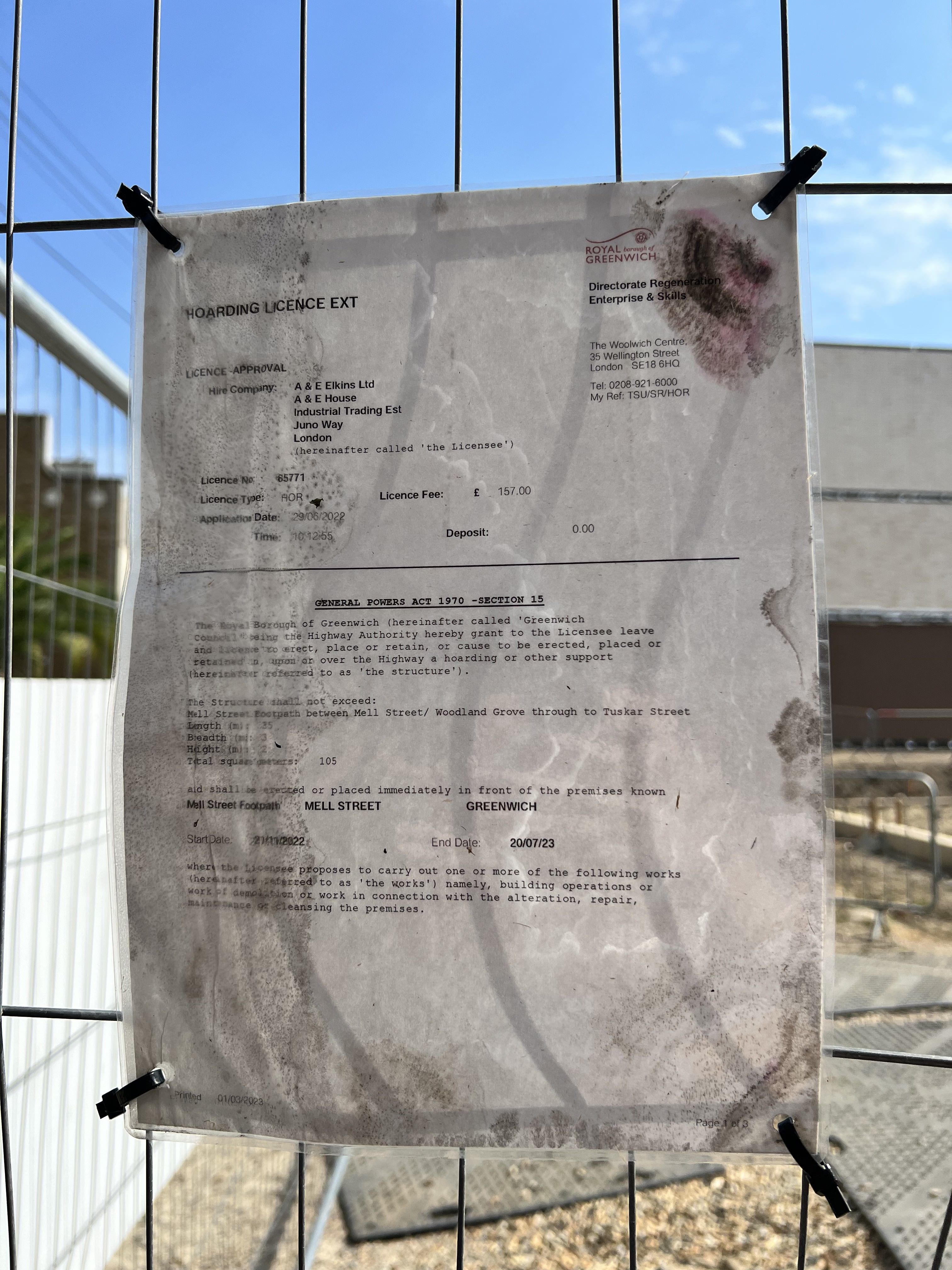
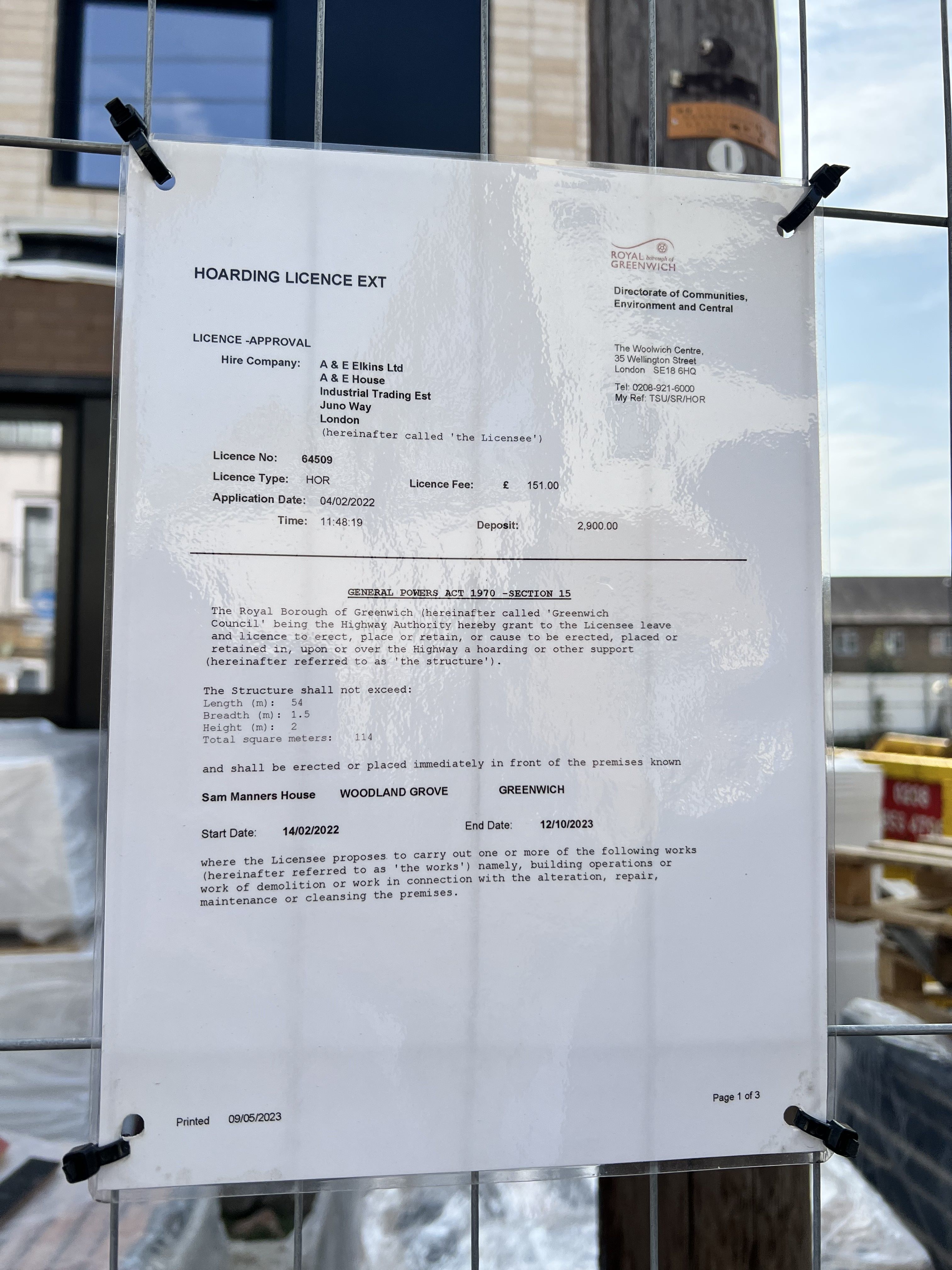
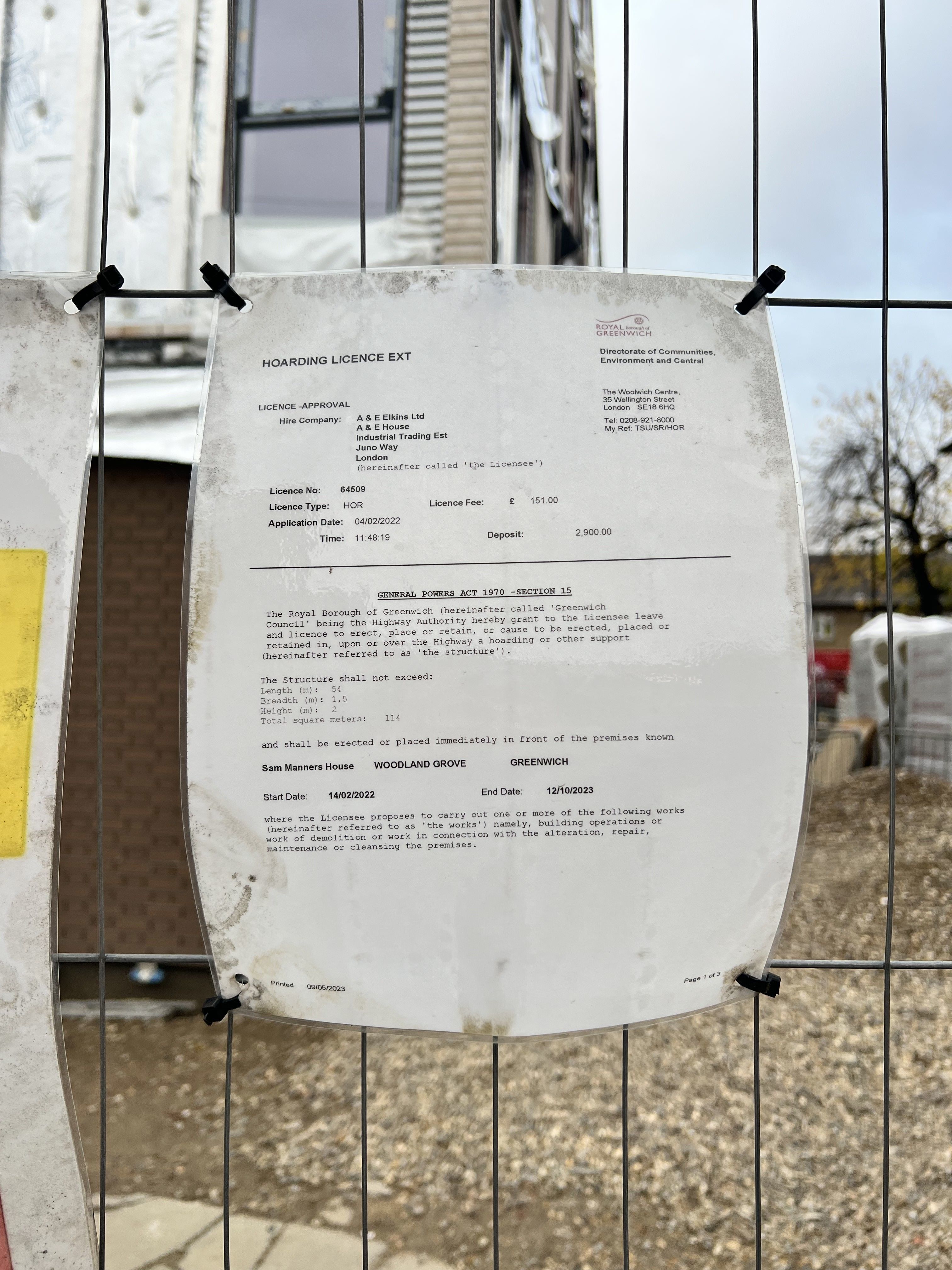
What are the new homes like?
The homes themselves are required to meet strict carbon neutral guidelines, in line with the council’s Carbon Neutral Plan, which aims to reach net zero carbon emissions by 2030.
This means the homes have features like triple glazing, insulation and heat pumps, which all contribute to lower carbon emissions and lower heating bills for residents.
Councillor Smith said that although these features cost the council more in upfront costs, they have been chosen to reduce the cost of retrofitting homes in the future, reducing long-term costs.
10% of the homes for the whole project, around 175 homes in total, will be designed with accessibility features. This is particularly important since accessible homes are harder to find in the private rental market.
The council are also trying to build more family homes with three bedrooms and above, as the current wait for a three bedroom home on the housing register is 23 years.
Nikki Gauci, 43, is living in long-term temporary accommodation in Woolwich with her four children. She was previously moved out of the borough to Erith, which is under the jurisdiction of the London Borough of Bexley, before being moved to her current accommodation.
She said:
For families like hers, and hundreds of others, increased numbers of high-quality family homes in the borough can’t come soon enough.
What do residents of the completed homes think?
One of the few completed developments, Harvey Gardens (Henry Kenny Drive), comprises 10 homes for over 60s and was designed by Peter Barber Architects. It was shortlisted in 2023 for the prestigious RIBA architecture award.
Carol Jackson, 67, has lived at Henry Kenny Drive for three years. She was moved from her previous home, also owned by the council, due to persistent issues with rising damp which required extensive renovation to fix.
She was offered the chance to either live in temporary accommodation before moving back into her home, or to be moved permanently to a new home.
Carol said: “I just thought, they're not going to do the work. They're not. They're going to do the work, but they're not going to do it as how it should be. No, okay, I said, I'll move. Not temporarily. I'd like to move.”
Since she moved into her new flat in Harvey Gardens (Henry Kenny Drive), she has experienced issues with leaks, requiring contractors to take up her bathroom floor and the floor on her deck shortly after she first moved in.
In June 2023, a council contractor came to the house and reported that a leak, which was suspected to be coming from her home into the flat below, was still ongoing.
She said: “The guy came to me in June and I haven’t heard from them since about the leak.”
Carol has heard from multiple neighbours about the ongoing leak, but there has been no information given to her about whether her bathroom floor will need to be taken up again.
Fred Heakin, a keen gardener and wheelchair user, has lived in the specially adapted home since they were completed. He has also experienced leaks, as well as issues with the floor tiles lifting and his toilet support becoming loose.
He said: “The government keeps saying we're doing this, we’re doing that, but they can’t look after the repairs.”
The council said: "The residents have been contacted and the repairs team will organise site visits to trace the leaks and find a resolution."
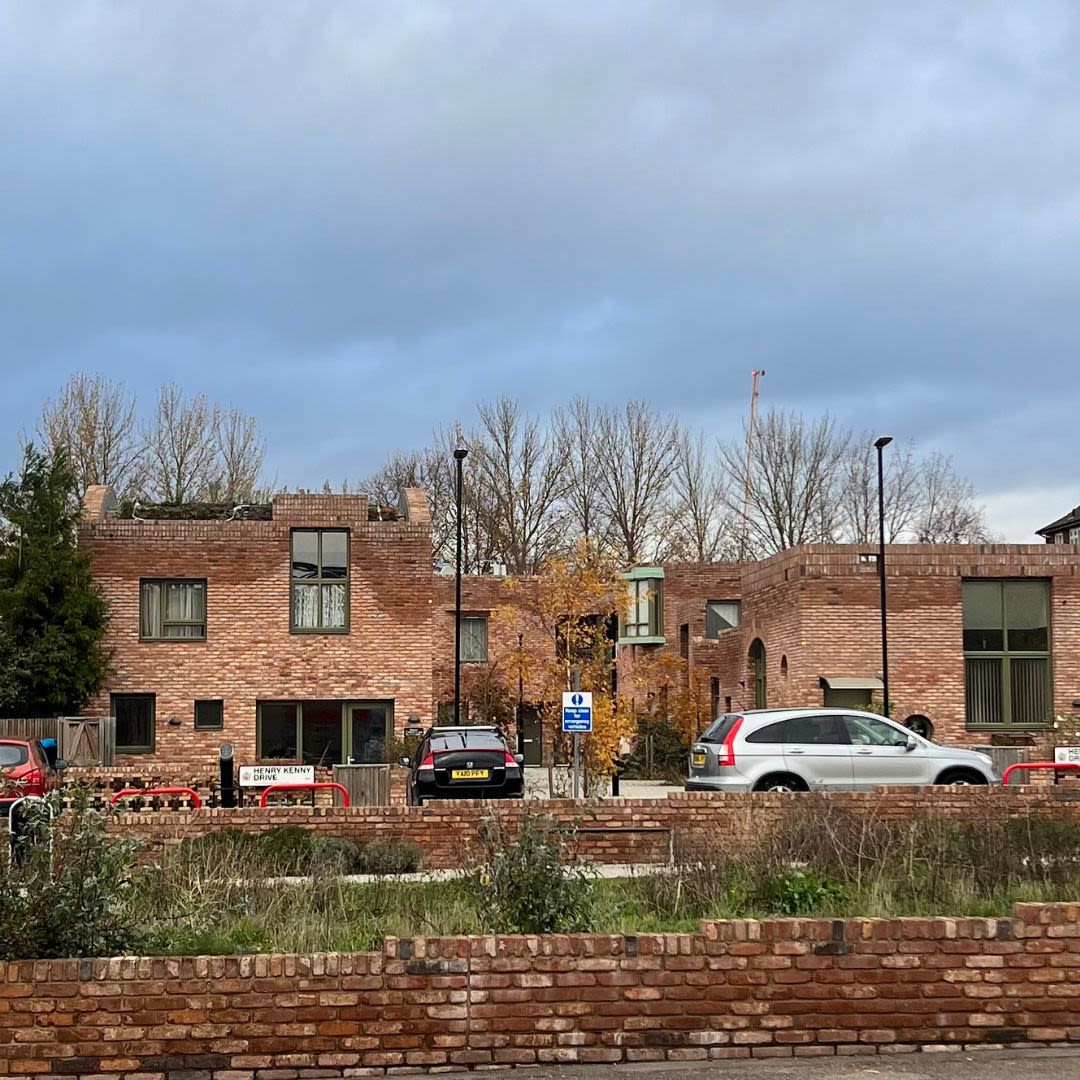
The homes at Harvey Gardens (Henry Kenny Drive)
The homes at Harvey Gardens (Henry Kenny Drive)
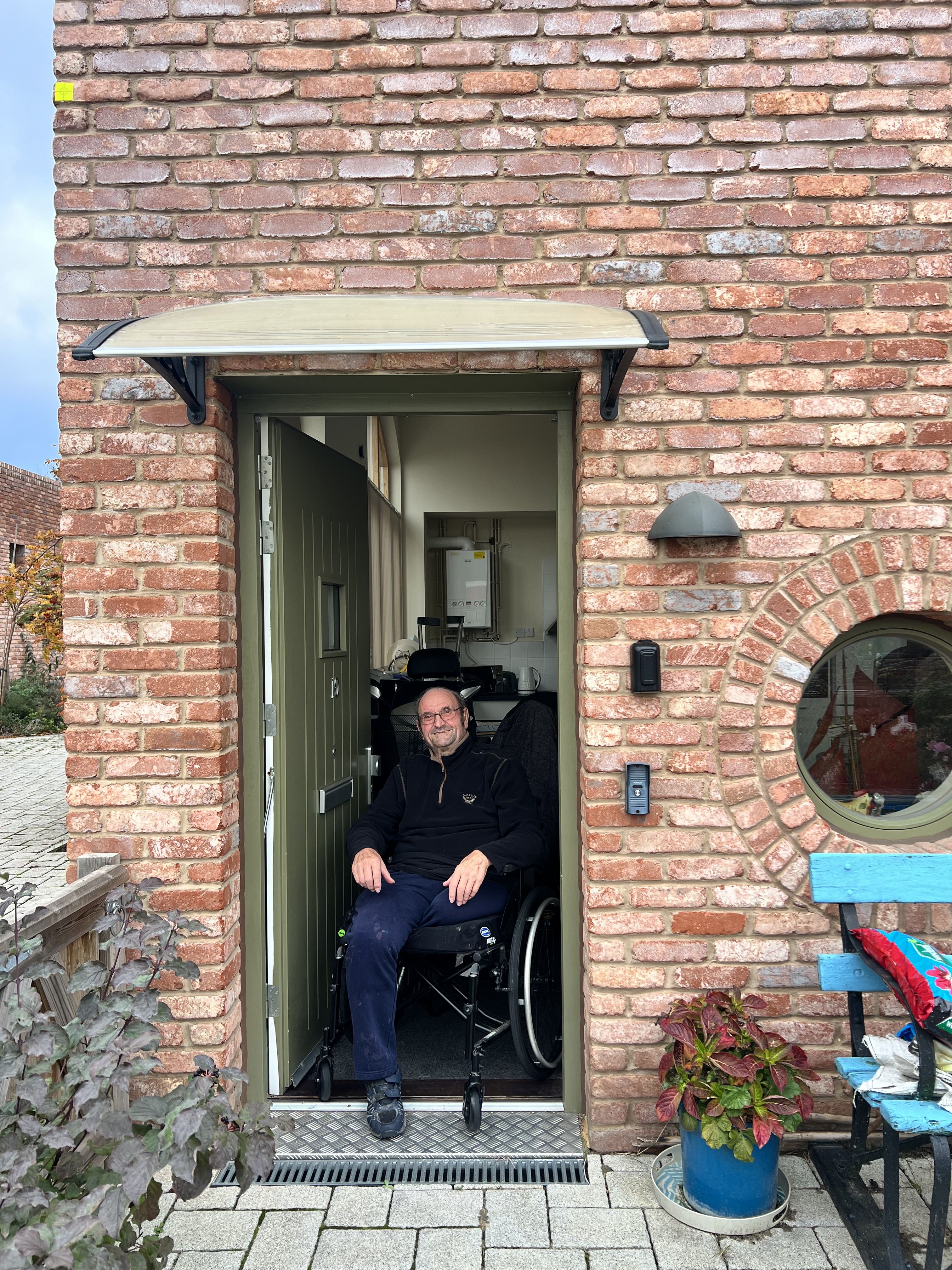
Harvey Gardens (Henry Kenny Drive) resident Fred
Harvey Gardens (Henry Kenny Drive) resident Fred
Who gets to live in the homes?
The homes being created as part of the Greenwich Builds project will be available to people on the housing register, with priority given to those in Band A and Band B1 and Band B2.
The banding system is used in the borough to prioritise the 27,000 people on the list, which is the fourth longest in London according to the results of an FOI request.
To be placed onto Band A, an individual must be considered in urgent need of a home; this includes people who cannot return home from hospital because their home no longer suits their needs and people in need of rehousing because their current home is due to be refurbished or demolished.
Many people placed onto Band B1 and B2 are also considered to be in urgent need of housing; for example, if their home is overcrowded, is causing them to become ill or if they are at risk of domestic abuse. People on Band B1 or B2 may wait years before they are allocated a home.

Liene Vītiņa-Stipine, 31, is a single mother with two children and a full-time carer for her three-year-old son who has additional needs. She has been waiting on the register in Band B since 2019, and is currently living in private rented accommodation with her children while waiting for a home.
She said: “When I joined the queue, I was six hundred and something, and after four years I’m eight hundred something.”
The council said: "When a person is placed on the housing list in Royal Greenwich, based on our allocation policy they will be put into one of four bands – A, B1, B2 and C. People's places within the bands are not static. If more people join who have a higher priority need or the circumstances of those in other bands changes than this affects everyone else's place."
The lowest priority band is Band C; those applying must have lived in the borough for at least five years, but there are no other criteria for being entered onto the list.
Ricardo, 38, who currently lives in a one bed flat with his mother in Thamesmead and has been waiting on the housing register in Band C for almost 11 years, said:
The council is currently considering scrapping Band C, Councillor Smith said:
What else is the council doing to solve the housing crisis?
Building homes is not going to solve the housing crisis in a borough where just over 9% of residents are on the housing register.
The council are exploring other options – this includes a buyback scheme, where the council purchases homes off of the open market to add to their housing stock. Councillor Smith states that these are largely former council homes, which will be checked and renovated where necessary before being offered to people waiting on the housing register. This is being facilitated by another GLA scheme, the Council Homes Acquisitions Programme.
Another programme to develop new homes in the borough is through the Community Land Trust London, in collaboration with the organisation Greenwich Citizen Housing, which promises 19 new homes in the borough on the site of disused garages.
Meridian Home Start, a company set up by the Royal Borough of Greenwich but which operates independently as a not-for-profit, provides rents that are 65% of the market rate. The company was set up so it could borrow money for development without the restrictions placed on the council.
According to their website, they are building hundreds of new homes in the borough. These homes will be rented to households earning below £88,000 per year, with priority given to people whose household income is at least £25,000 but less than £51,000 per year. Those applying must have been in work for 12 months and have lived in the borough for five years.
These homes are open to application to anyone who meets these criteria, but according to Councillor Smith priority will be given to those currently on Band C of the housing register.
Even private developments in the borough are required to have a proportion of homes that are ‘affordable’, but due to a policy put in place when Boris Johnson was mayor this can be anything up to 80% of the market rate.
Councillor Smith said: “A developer might set a development and say we can offer ten affordable homes, and then we look and they are 80% of the market rate. So you might say, well, that's not really affordable to residents, can you set them at, say, 40% of the market rates? Then they say, yes, but we can only give you five homes instead of the ten. So, that's a real balancing act, and we haven’t really got it right.”
For those interested in buying, shared ownership flats have risen in prevalence in the borough.
According to L&Q’s website, to buy a one bed shared ownership home in Kidbrooke Village, which was built on the site of the Ferrier Estate, the buyer needs to have a household income of £46,500.
Councillor Smith said: “We do recognise that the shared ownership model is not really working that well in Greenwich, because you need to be earning quite a large wage to actually be able to afford them in most cases.”
So where does this leave Greenwich citizens waiting for a home? Well, despite The Royal Borough of Greenwich starting to build the most new affordable homes in London, for most, the wait to be housed continues.